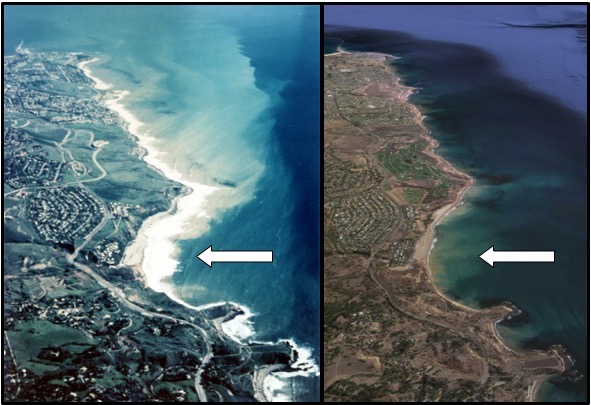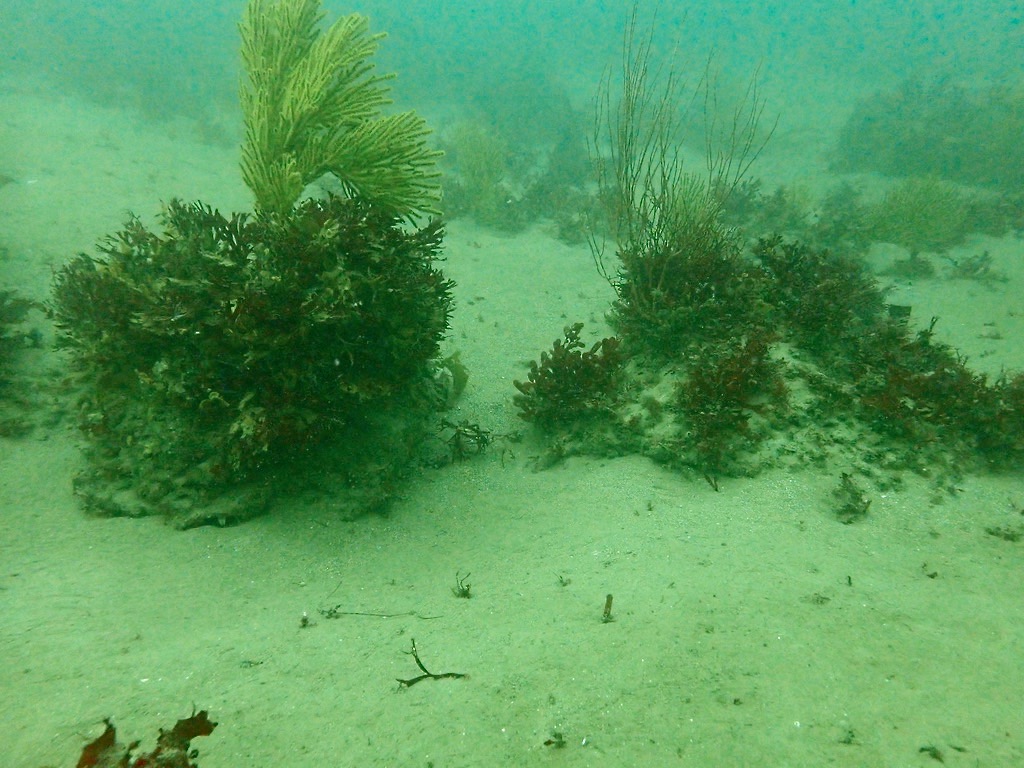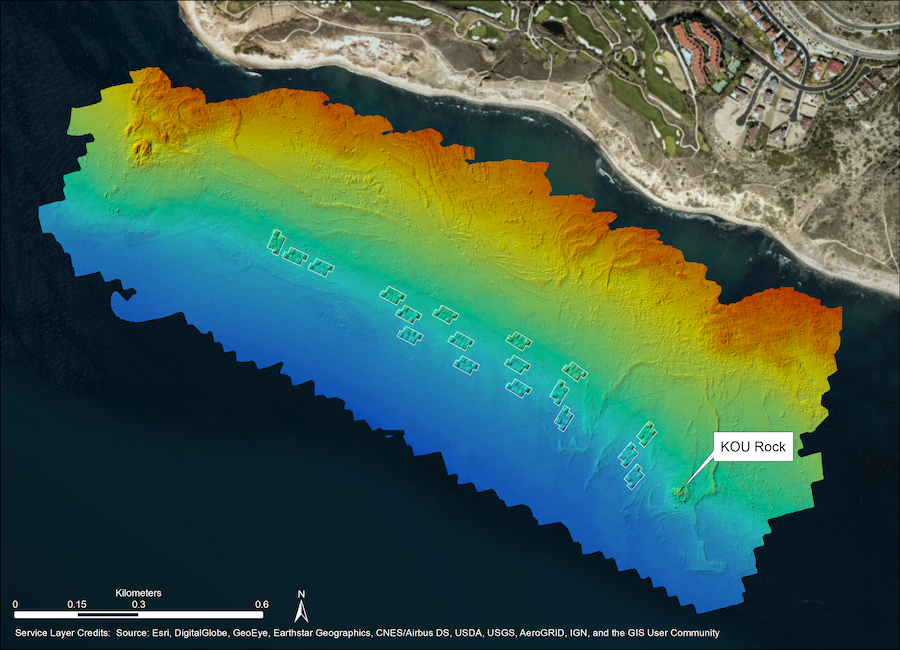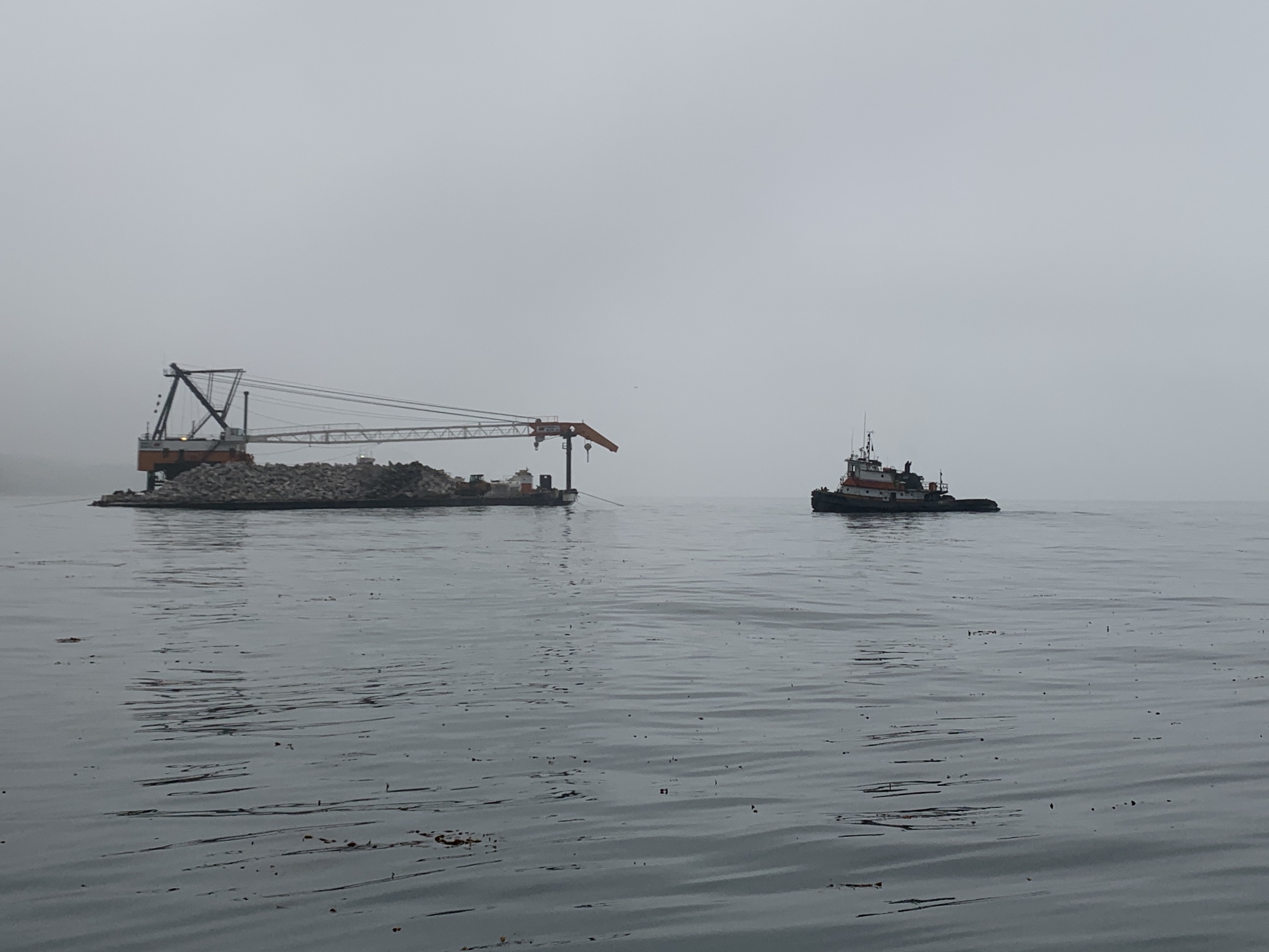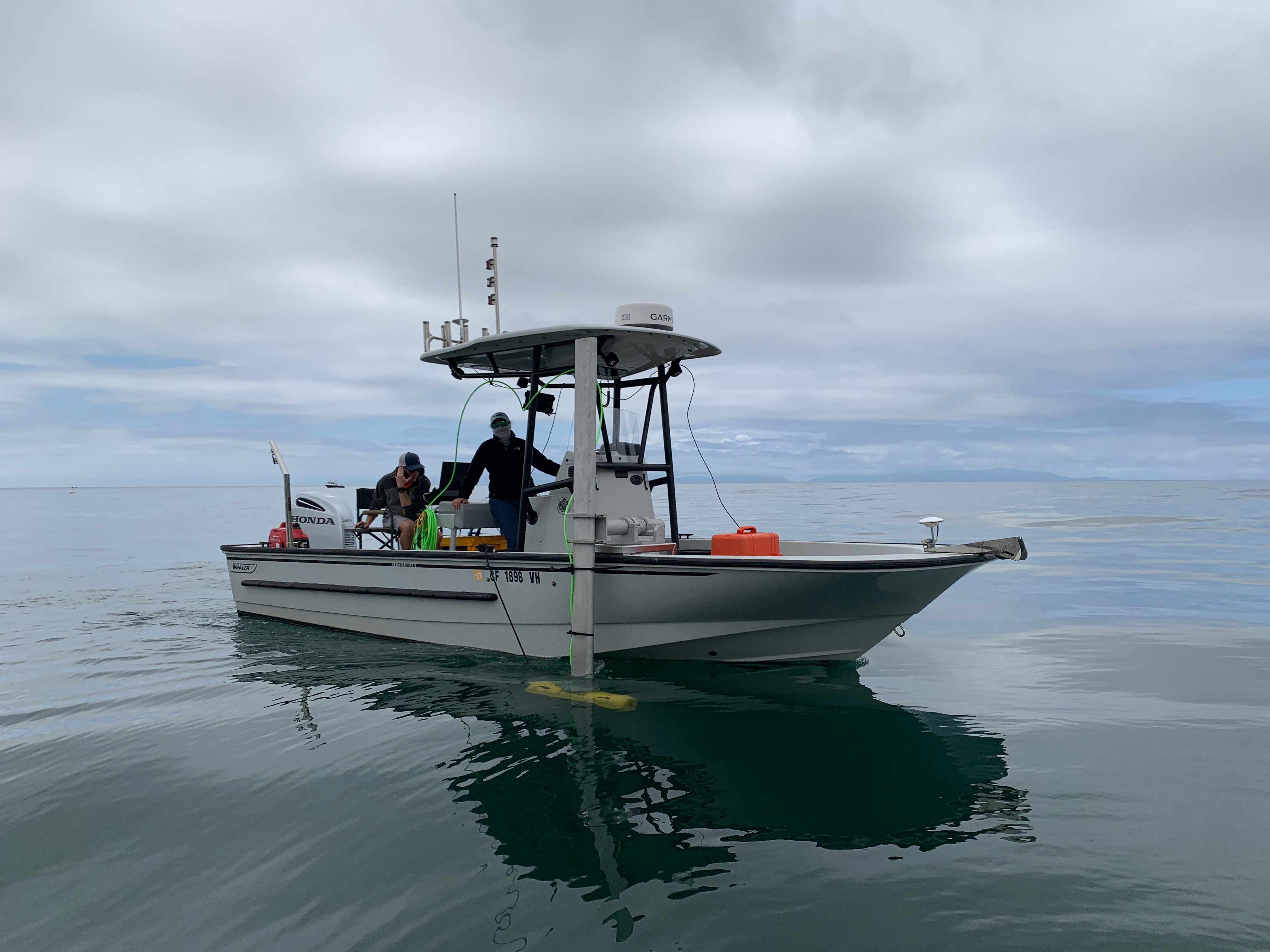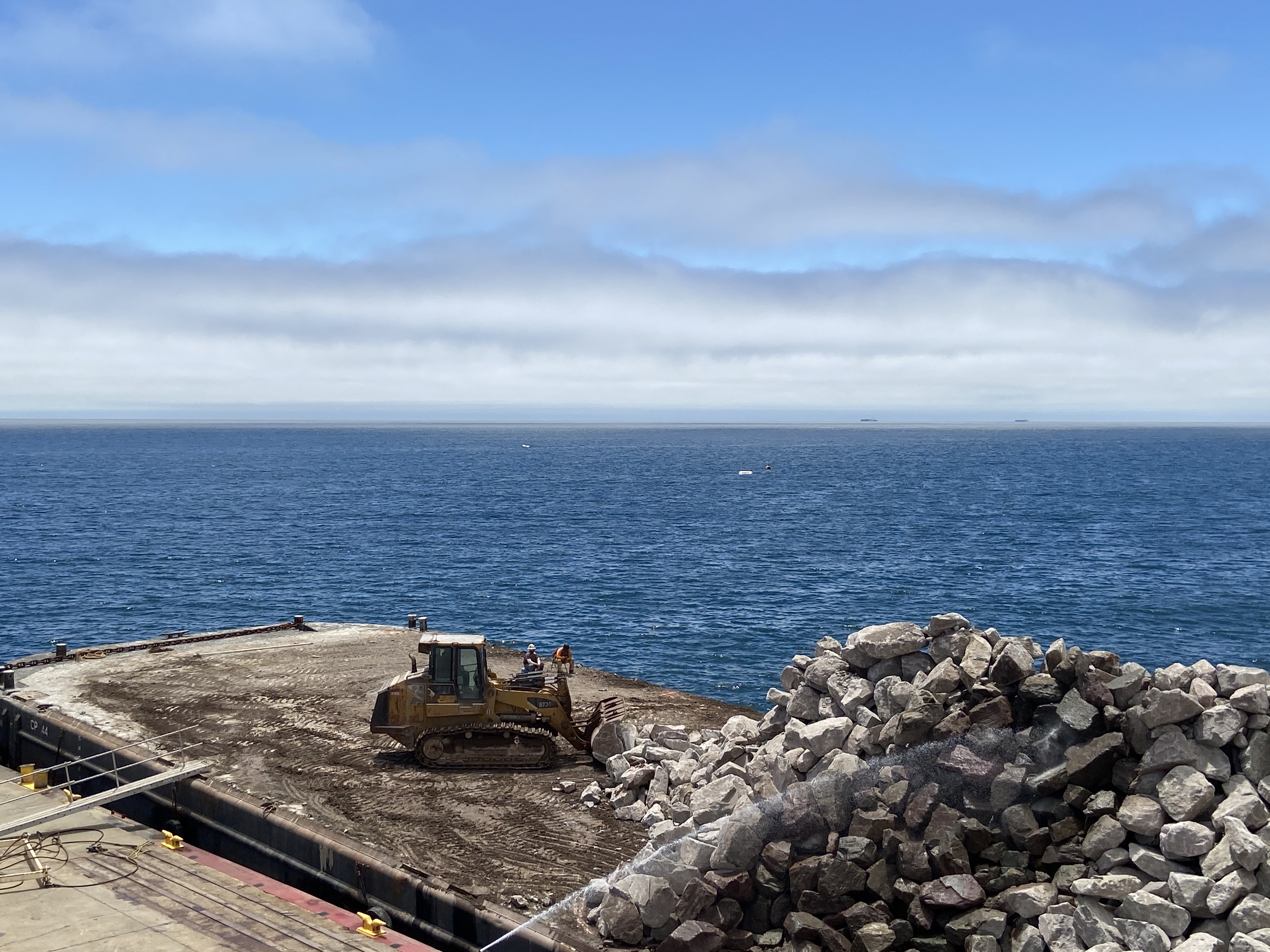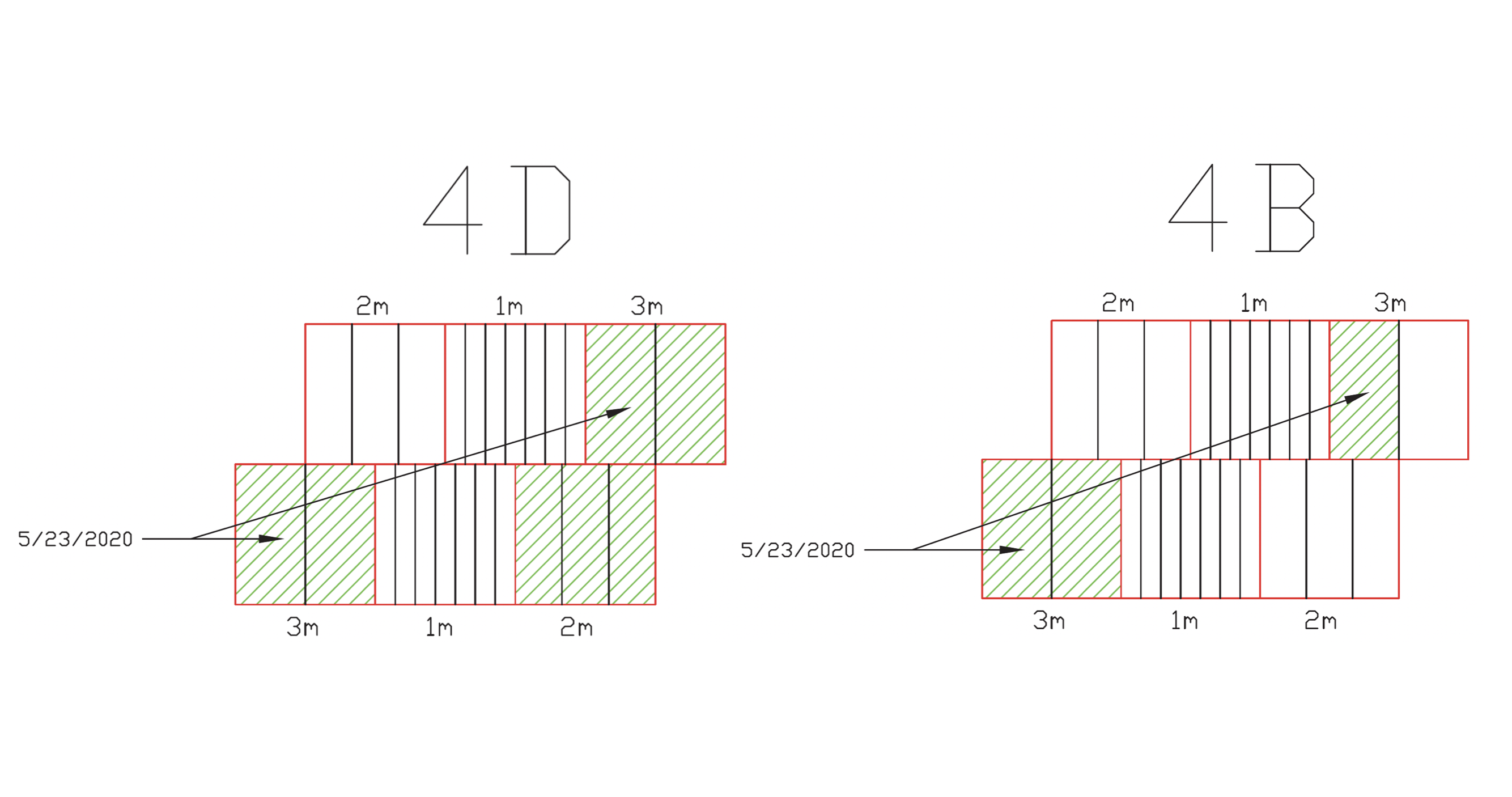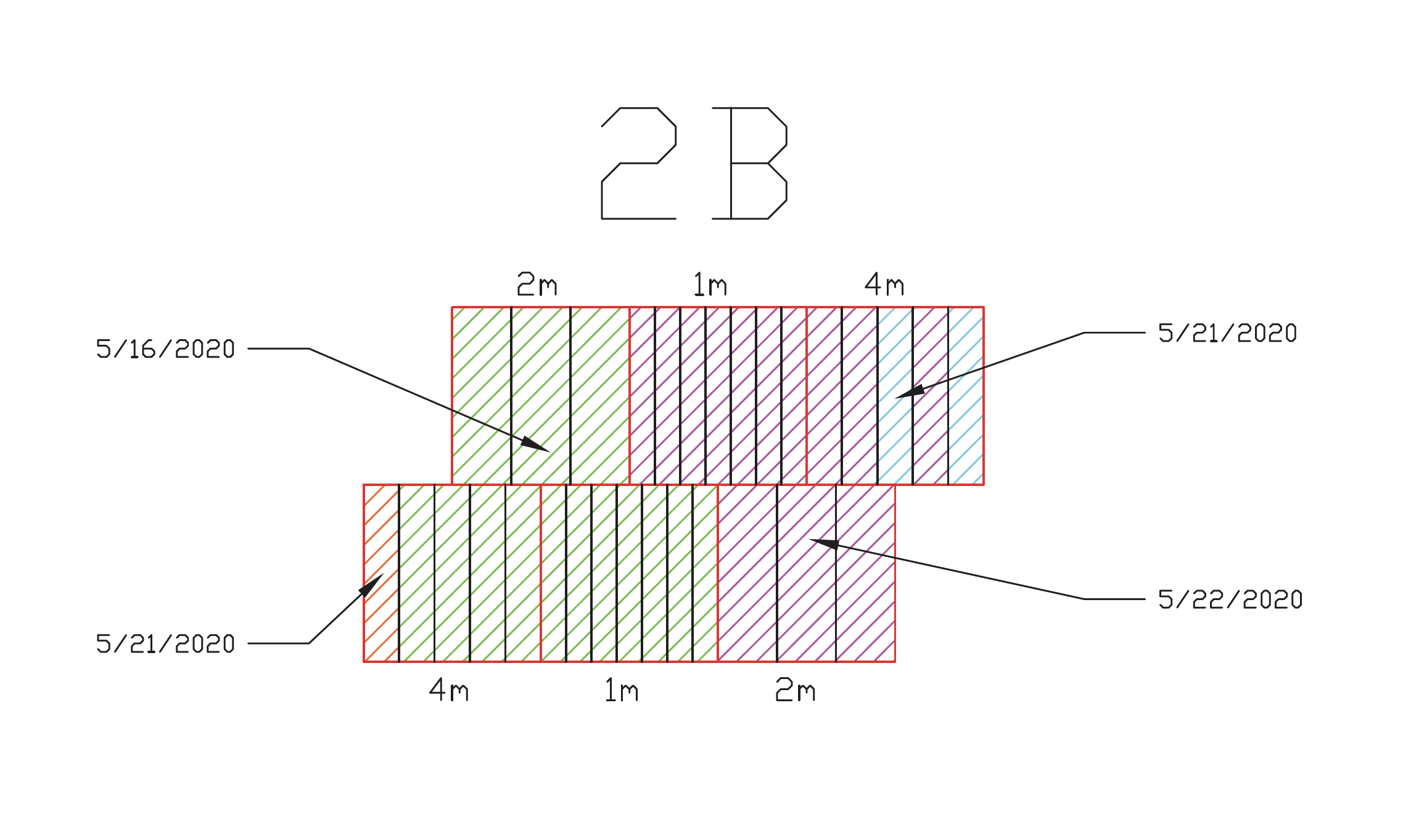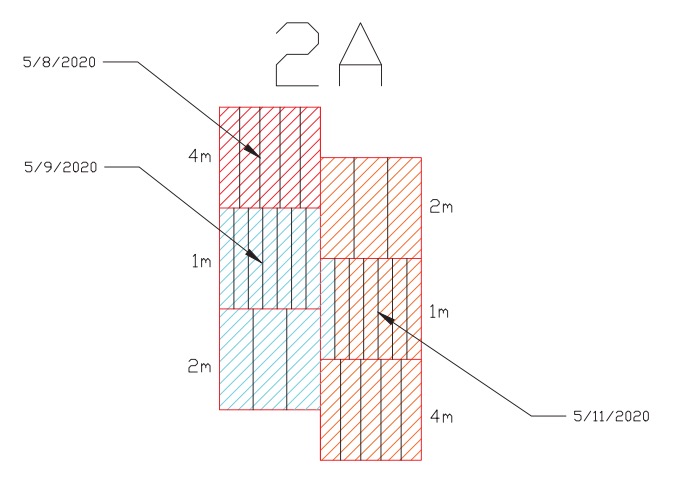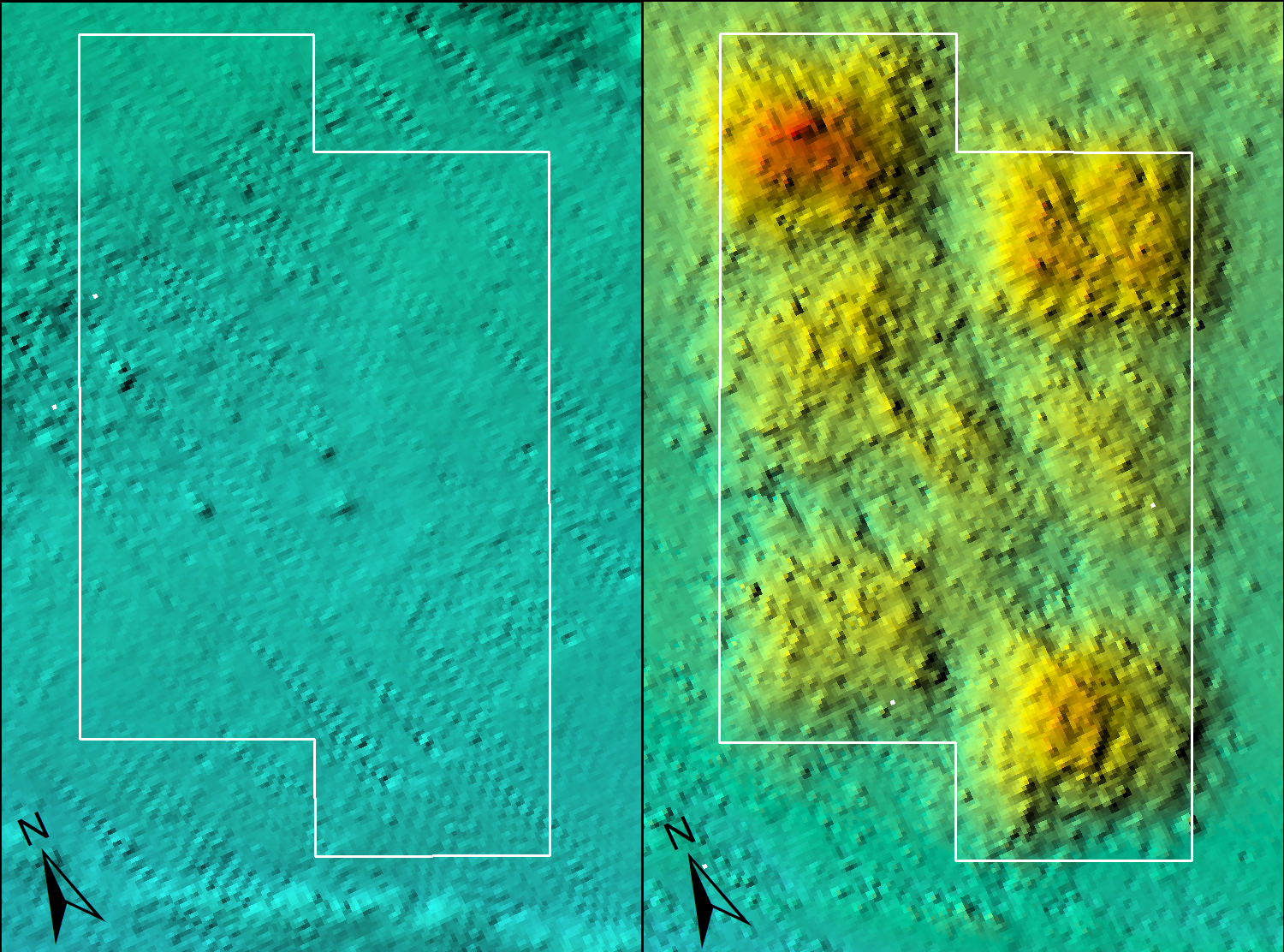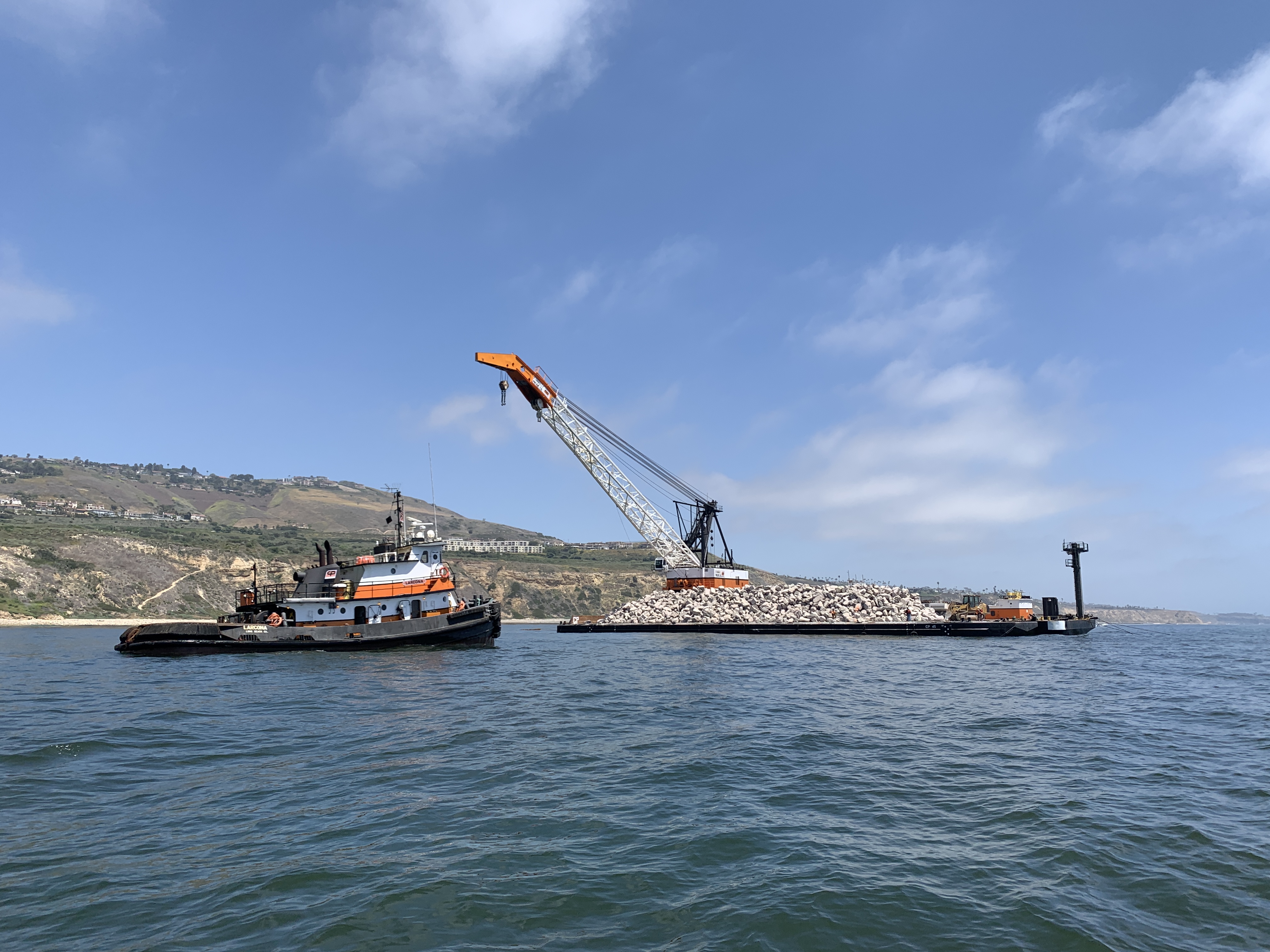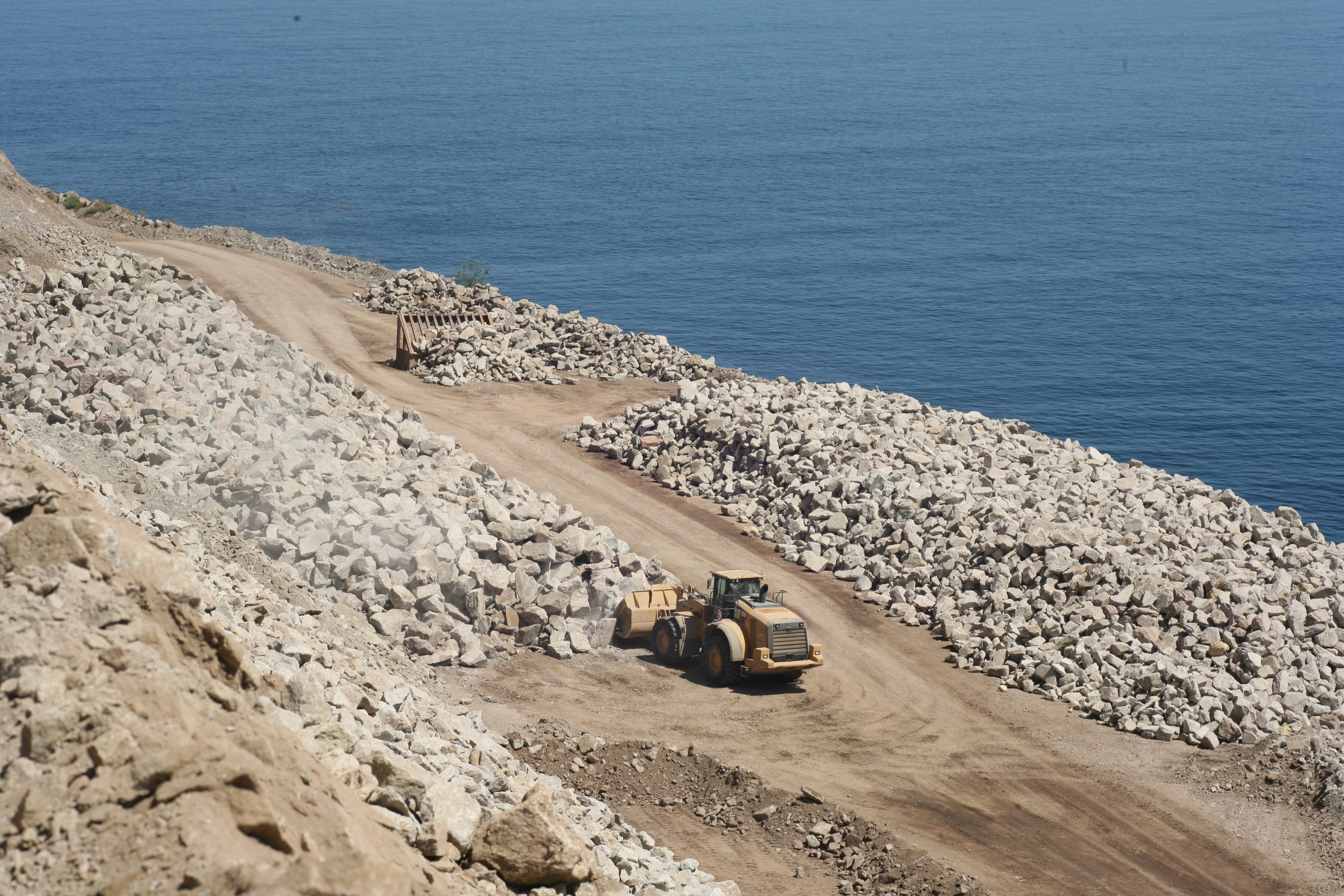The purpose of the Palos Verdes Reef Restoration Project is to restore rocky-reef habitats and associated marine species on the Palos Verdes Shelf that were impacted by contamination in the sediments from the discharge of DDT and PCBs from the Joint Water Pollution Control Plant’s Whites Point Outfall, as well as to restore reefs that have been impacted by sedimentation and scour.
This restoration project will fulfill the objective of the NOAA Montrose Settlements Restoration Program (MSRP) to restore fish and the habitats upon which they depend within the Southern California Bight. This reef will provide essential fish habitat and substrate for kelp, other marine algae, and marine invertebrates to become attached to, creating a productive rocky-reef ecosystem in an area with limited hard substrate.
Background
The amount of giant kelp and rocky reef habitat on the Palos Verdes Peninsula has declined dramatically over the last century for several reasons. In particular, pollution from the Whites Point sewage outfall and sedimentation from landslides resulted in the loss of almost all of the giant kelp on the peninsula by the 1960s. Beginning in the 1970s, kelp has made a comeback due to restoration and enhancement activities including dewatering the Portuguese Bend Landslide which dramatically slowed sediment deposition, extending the sewage outfalls into deeper water and treating the sewage itself, as well as active kelp out-planting. However, in the section of the peninsula between Portuguese Bend and Point Fermin, much of the historic low-lying reefs continue to be heavily impacted by chronic sedimentation due to reef burial and scour and associated turbidity. The amount of rocky reef habitat has significantly decreased, as such determining the optimum technique for restoring this lost habitat is the focus of this study.
Field Surveys and Analyses
Over the past decade, we examined the potential efficacy of fishery production enhancement reefs in this region by conducting an intensive biological and physical sampling program throughout the subtidal areas of Palos Verdes Peninsula. Notable among all survey locations is a relatively high relief (~5 m) area of reef within the sediment impacted area, KOU Rock, that consistently has the highest fish biomass density among anywhere on the peninsula. The high structural relief prevents sediment accumulation, scour, and subsequent reef burial, and this reef ultimately served as the example for the design of sets of quarry rock reef “blocks” that together form the proposed restoration reef.

